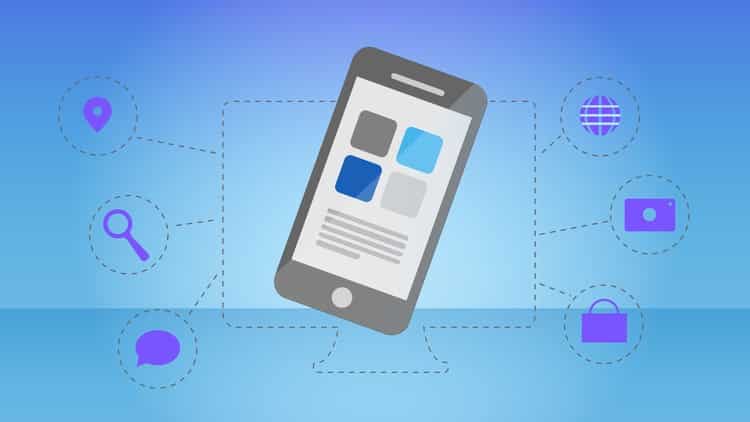- Регистрация
- 27 Авг 2018
- Сообщения
- 39,153
- Реакции
- 611,462
- Тема Автор Вы автор данного материала? |
- #1

- Build web apps that look and feel like native mobile apps for iOS and Android
- Use service workers to build web apps that work without internet connection (offline-first)
- Leverage device features like the camera and geolocation in your web apps
- Use web push notifications to increase user engagement with your web apps
- Basic HTML, CSS and JavaScript knowledge is required
- NO experience with JavaScript frameworks is required
Progressive Web Apps (PWAs) are the next big thing in web development as they bring mobile-app-like experiences to your users without requiring them to install an app from the app store/ play store.
You still create a web application (HTML, CSS, JavaScript) but this course will teach you how to add features such as camera access, service workers for offline support, push notifications and more. This combines the best of both worlds: You deliver fast, engaging and reliable experiences whilst still having the reach and accessibility of a web page.
"Progressive Web App" simply is a term summarizing all the features allowing you to deliver mobile-like experiences. The topic is highly trending and it also is a topic which is here to stay! Not only is it strongly promoted by Google (actually a lot of talks at Google I/O 2017, Google's developer conference, were devoted to PWAs), it's also quickly being adopted by big companies like Twitter or the Washington Post.
Having the skills to build and optimize these kind of web apps is already an important and highly demanded skill for modern web developers, a trend which is only going to accelerate! Therefore, learning how to build PWAs will give you a competitive edge!
In detail, this course will cover everything you need to build amazing PWAs - leading to a score of 100 (out of 100) in Google's PWA auditing tool "Lighthouse":
- Detailed explanation about what a PWA exactly is
- How to use an app manifest to make your web app installable on device homescreens
- Using service workers to offer offline support by caching assets
- Advanced service worker usage and caching strategies
- A refresher on Promises and the Fetch API as both concepts are heavily used in PWAs
- How to improve user engagement by adding push notifications
- A way to synchronize data in the background, even if connection is lost
- How to access native device features like the camera or geolocation
- Using Workbox to make service worker management easier
- Explanations on how to turn your next SPA project into a PWA
- And more
So this course has a lot to offer, how do you tell if it's for you though?
It definitely is the right choice if
- ... you already are a web developer (no matter if experienced or still new to the business) and want to prepare for the future
- ... you enjoy working with HTML, CSS and JavaScript and want to leverage the full power the web and browser technologies have to offer
- ... you want to deliver the best possible experiences to your users, using technologies like web push notifications or offline support
- You need to know at least the basics of HTML, CSS and JavaScript
- No advanced knowledge of these technologies required though
- You DON'T need to know any JavaScript framework like Angular or React - PWAs work with ANY JavaScript app, even if you don't use a framework at all (actually, that's what we'll build in the course!)
Max
Who this course is for
- Students who want to build web apps that look and behave like native mobile apps
- Students who want to build offline-ready web apps (yes, that works!)
- Anyone who wants to build web apps that offer access to the device camera, geolocation, push notifications and provide offline support
- Students who want to leverage latest browser features whilst still supporting older browsers
DOWNLOAD:



